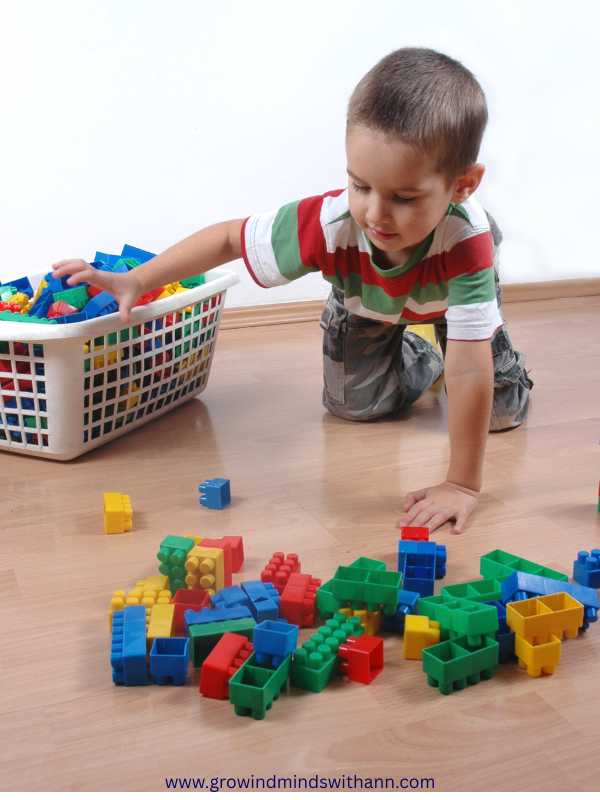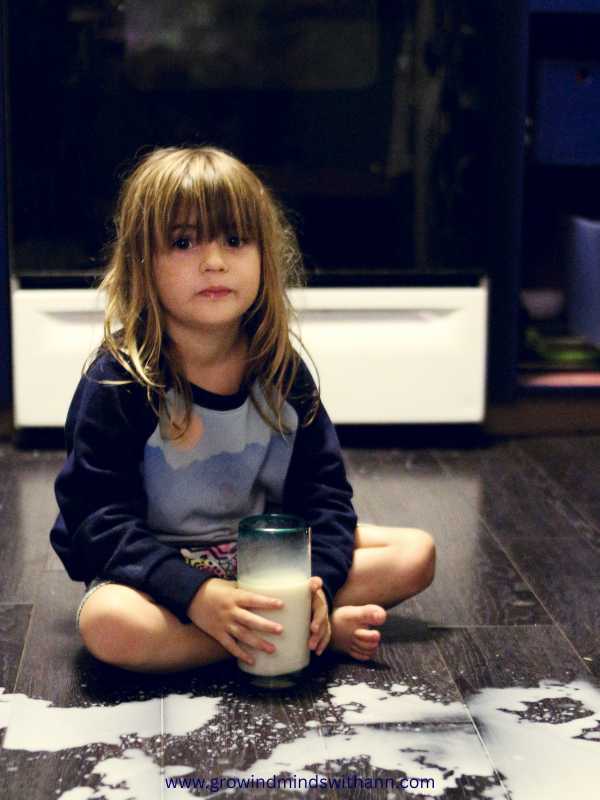Positive discipline techniques for preschoolers are game-changers for parents and caregivers who wish to raise confident, capable and compassionate children.
Children of preschool age are naturally curious, full of energy and always eager to explore their environment. Parenting and guiding them through this stage can be very challenging. They tend to test your patience by their actions which they are not even aware that they are doing.
Preschool age is actually the right time to start instilling life skills into your children’s young minds. These life skills will guild them as they journey into adulthood. For these skills to be rightly instilled in them, parents and caregivers should discipline them when necessary.
Discipline is not about punishment. It is about teaching and guiding the children to understand boundaries, learn self control and also develop respect for themselves and others.
Disciplining preschoolers is very essential because they are in the formative stage of their lives. It is a stage for shaping their behaviors, building their emotional regulations and setting the foundations for other healthy social skills.
We also have preschool reading tips for parents, you can check it out for teaching your preschool child how to read.
What Does Positive Discipline Really Mean?
Positive discipline is a type of parenting approach that focuses more on teaching and guiding children instead of punishing or blaming them. It is about guiding children towards positive behaviors that is expected from them.
This type of parenting approach is good for preschoolers because they just started learning about rules and life skills.
Unlike traditional punishment that focuses on stopping unwanted behaviors at the moment through spanking or yelling. Which may not even have any good outcome permanently. This is because it does not teach children why a behaviour was not accepted or how they should behave next time.
Positive discipline on the other hand, teaches children how to behave and why their behavior was not accepted.
The difference between the two approaches is that traditional punishment controls behavior through fear while positive discipline shapes behavior through understanding and respect.
Therefore, it is important that positive discipline techniques for preschoolers should be adopted when dealing with them in order to guild them properly.
Why Do I Need To Adopt Positive Discipline Techniques For Preschoolers?
1.Positive discipline builds emotional intelligence in preschoolers. It teaches them that emotions are normal, it also teaches them how to manage their emotions.
2. Positive discipline strengthens the bond between parents and their children. It makes the children to feel safe and loved even when they make mistakes.
3. It encourages preschoolers to take responsibility for their actions, like cleaning a spilled drink and learning how to hold a drink properly.
4. Positive discipline helps preschoolers to develop problem-solving skills. These are necessary as it guides them to think through problems and make better choices.
5. It also prepares them for the future by helping them to develop good social skills which will guide them as they journey into adulthood.
Effective Positive Discipline Techniques for Preschoolers
Guiding preschoolers require a mix of patience, consistency and creativity because children at this age are curious and eager to explore. It is at this stage that positive discipline works best.
Below are the Positive discipline techniques that can be used for preschoolers to achieve the desired result:
1. Set Clear Boundaries:
Preschoolers are still learning how the world works, so they need gentle guidance. Clear boundaries help them feel safe and also understand the behaviors that is expected from and those that are not expected. Setting boundaries involves showing preschoolers what to do in a way they can comprehend and be able to execute them.
For example, instead of saying, “Do not litter toys in the house after playing” you can say, “Toys are kept in the basket.” This way, you are giving a positive direction rather than a negative command.
Children respond better when instructions are simple and encouraging. Rules are not meant to control your child, but to guide them toward safe and respectful behavior. When you keep your words short, calm, and consistent, your preschooler begins to know what to expect.
2. Be Consistent:
Preschoolers feel most secure when they know what to expect. If you do no follow any established routine, it can be confusing and frustrating for them. For example, if you allow them to have a snack before dinner one day but say no the next day, they may struggle to understand why the rule has changed.
Being consistent is not being harsh, it’s about helping them to feel grounded in any established routine. When the rules and consequences stay the same, preschoolers learn to connect their actions with predictable outcomes. This builds trust and makes it easier for them to follow directions.
3. Encourage Good Behavior Through Praise:
Preschoolers love to feel noticed and valued. When you acknowledge their efforts, they are more likely to repeat that behaviour. A simple, “I love how you’re using gentle hands with your friend” can mean the world to them.
Encouraging good behavior through praise works best when it’s specific. Instead of a using “Good job,” you can highlight exactly what they did right, for instance “Thank you for putting your building blocks back in the basket. That was very helpful.” This will not only make them proud, but it will also teach them what behaviors you want to see more.
It’s also worth remembering that children respond to different kinds of encouragement. Some might beam at verbal praise, while others enjoy a high-five, a hug, or even a fun sticker chart. Always stick to what works for you and your child.
By focusing on their positive actions rather than only pointing out mistakes, you are helping your preschooler build confidence, self-control, and a natural desire to do the right thing.

4. Model the Behavior You Want to See:
Preschoolers are natural imitators, they copy what they see more than what they are told. If they notice adults speaking kindly, solving problems calmly, and treating others with respect, they’re far more likely to do the same.
For example, if you want your child to add “please” whenever they are making request. You have to use those words regularly yourself, this will teach them much faster than constant reminders. The same goes for handling emotions, when they see you take a deep breath instead of yelling, they are likely to adopt that action.
Actions speak louder than voice when dealing with preschoolers. The more they see positive behaviour in you, the more those behaviours naturally become part of them. This is because, they may not always listen to instructions but they are always watching.
5. Turn Mistakes into Learning Moments:
Discipline is most effective when it helps children learn instead of simply making them feel bad. Preschoolers are still discovering how the world works and mistakes are part of the process. Instead of focusing only on punishment, look for ways to turn those moments into teachable experiences.
For example, if your child spills juice on the floor, instead of scolding them right away, invite them to help you clean it up. This act will instill responsibility in them without making them feel ashamed.
This approach shows your child that mistakes happen, but they can be fixed. It encourages problem-solving, accountability, and resilience. This helps preschoolers to understand that discipline is not about punishment, but about learning how to make better choices next time.
When discipline shifts from punishment to teaching, it strengthens your relationship and gives your preschooler the confidence to grow from their experiences.

6. Keep Your Cool in Tough Moments:
Staying cool does not mean that you can never feel upset. It simply means pausing before reacting. Taking a deep breath, lowering your voice, or even stepping away for a moment.
Preschoolers are still learning how to manage their emotions and sometimes those emotions come out as crying, yelling or tantrums. In those moments, it’s natural for you as a parent to feel frustrated too. But the truth remains that children often mirror the emotions they see in us. If we lose our temper, it will only add fuel to the fire.
When you respond with patience, you show your preschooler how to handle strong feelings in a healthy way. This helps them to understand that it is okay to feel angry or upset, but there are calm ways to deal with those emotions.
Common Mistakes To Avoid When Instilling Positive Discipline
1. You should avoid yelling or shaming your child as they only stop misbehaviour at the moment while leaving the children feeling scared and disconnected instead of learning how to do better.
2. Do not ignore your child’s emotion as it will make the child start hiding their feelings rather than learning how to manage them in a healthy manner.
3. Avoid being inconsistent with rules and consequences because it confuses preschoolers and also encourages them to test limits.
4. Avoid correcting behaviours without teaching better alternatives.


